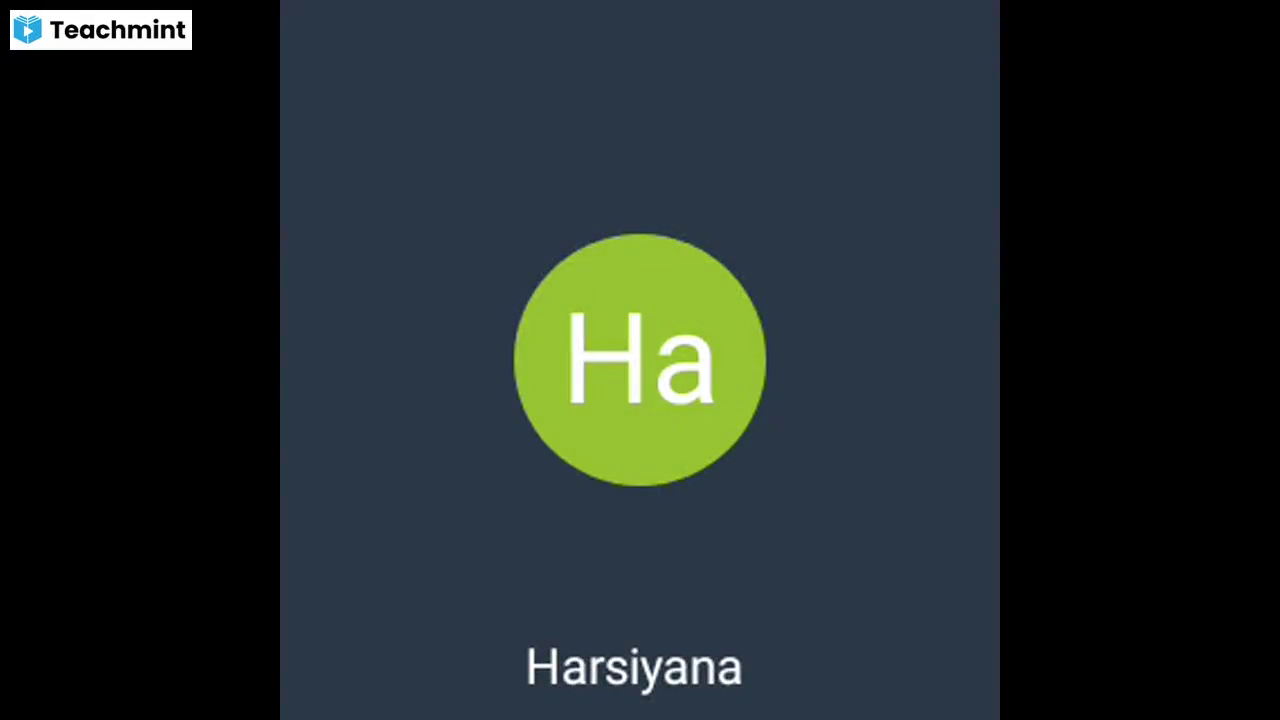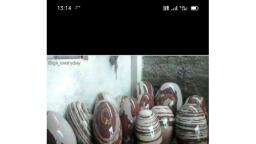Question 1 :
The specific charge of a proton is $9.6 \, \times \, 10^7 \, C \, kg^{-1}$ The specific charge of an alpha particle will be
Question 2 :
Complete the following statements with an appropriate word /term be filled in the blank space(s).<br/>The force of attraction or repulsion between two charges is given by ......................<br/>
Question 3 :
Electric charge is due to the loss or gain of .............
Question 4 :
A point charge $+q$ is placed at the centre of a cube of side L. The electric flux emerging from the cube is
Question 5 :
<span class="wysiwyg-font-size-small"><span class="wysiwyg-font-size-small">Another unit for the quantity having the unit $\dfrac{C^2 }{Nm^2}$ is:
Question 6 :
Assertion: Gauss's law show diversion when inverse square law is not obeyed.
Reason: Gauss's law is a consequence of conservation of charges.
Question 7 :
Charging by friction is accompanied by loss or gain of electrons. State which body loses electrons when a glass rod is rubbed with silk.
Question 9 :
<span class="wysiwyg-font-size-small"><span class="wysiwyg-font-size-small"><p class="wysiwyg-text-align-left">The angle between the electric dipole moment and the electric field strength due to it, on the equatorial line is :</p>
Question 10 :
Eight dipoles of charges of magnitude $e$ are placed inside a cube. The total electric flux coming out of the cube will be
Question 12 :
Charging by friction is accompanied by loss or gain of electrons. State which body loses electrons when an ebonite rod is rubbed with fur.
Question 14 :
Two spheres of radii 2 cm and 3 cm have equal surface charge density. Calculate the ratio of their charges.
Question 15 :
The laws of forces that govern the force between two electric charges were discovered by :
Question 17 :
A $1\ \mu A$ beam of proton with a cross-sectional area of $0.5\ sq. mm$ is moving with a velocity of $3\times 10^4\ ms^{-1}$. Then charge density of beam is
Question 18 :
Two charges are placed at certain distance apart. A metallic sheet is placed between them. What will happen to the force between the charges?
Question 21 :
The magnitude of the average electric field normally present in the atmosphere just above the surface of the Earth is about $150 N/C$, directed inward towards the center of the Earth. This gives the total net surface charge carried by the Earth to be : [Given $\epsilon_0=8.85\times 10^{-12} C^2/N-m^2, R_E=6.4\times 10^6m]$
Question 22 :
A large, metallic, spherical shell has no net charge. It is supported on an insulating stand and has a small hole at the top. A small tack with charge $Q$ is lowered on a silk thread through the hole into the interior of the shell. What is the charge on the inner surfaceof the shell.
Question 23 :
Careful measurement of the electric field at the surface of a black box indicates that the net outward flux through the surface of the box is $8.0\times 10^3 Nm^2/C$. What is the net charge inside the box?
Question 25 :
A charge of magnitude Q is placed at the origin. A second charge of magnitude 4Q is placed at the position x=d along the x-axis.<br>Other than infinitely far away, at what position on the x-axis will a positive test charge experience a zero net force?
Question 27 :
Two infinitely long parallel conducting plates having surface charge densities$\displaystyle +\sigma$ and$\displaystyle -\sigma$respectively, are separated by a small distance. The medium between the plates is vacuum. If$\displaystyle { \varepsilon }_{ 0 }$is the dielectric permittivity of vacuum then the electric field in the region between the plates is:
Question 28 :
Charges $Q_1$   and  $Q_2$ lie inside and outside, respectively, of a closed surface S. Let E be the field at any point on S and $\phi$ be the flux of E over S.
Question 29 :
Let E$_1$(r), E$_2$(r) and E$_3$(r) be the respective electric fields at a distance r from a point charge Q, an infinitely long wire with constant linear charge density $\lambda$, and an infinite plane with uniform surface charge density $\sigma$. If E$_1(r_0) = E_2 (r_0) = E_3 (r_0)$ at a given distance r$_0$, then :
Question 30 :
A point charge $q$ is placed at a point on the axis of a non-conducting circular plate of radius $r$ at a distance $R (R >> r)$ from its center. The electric flux associated with the plate is :<br/>
































































